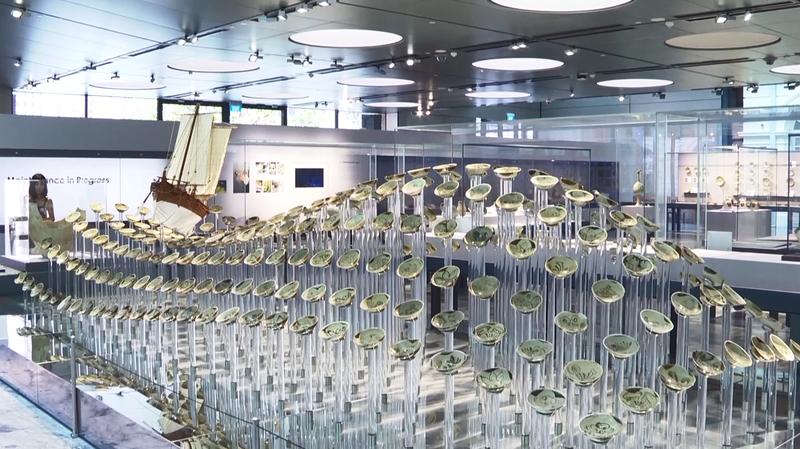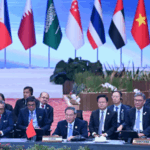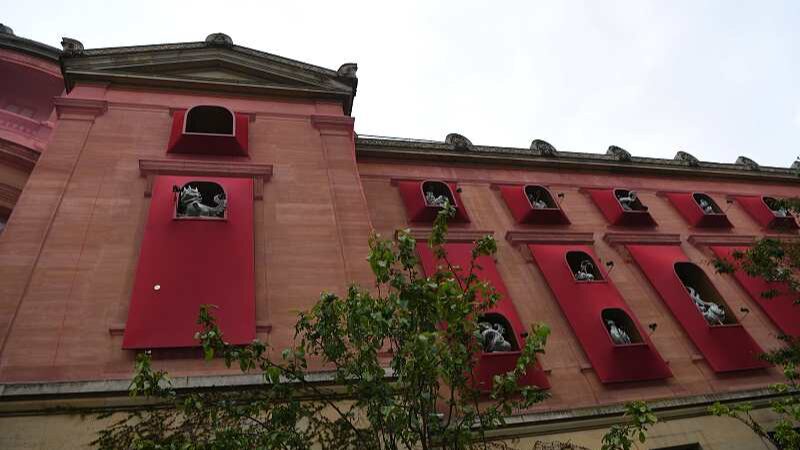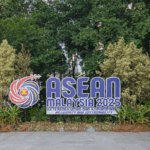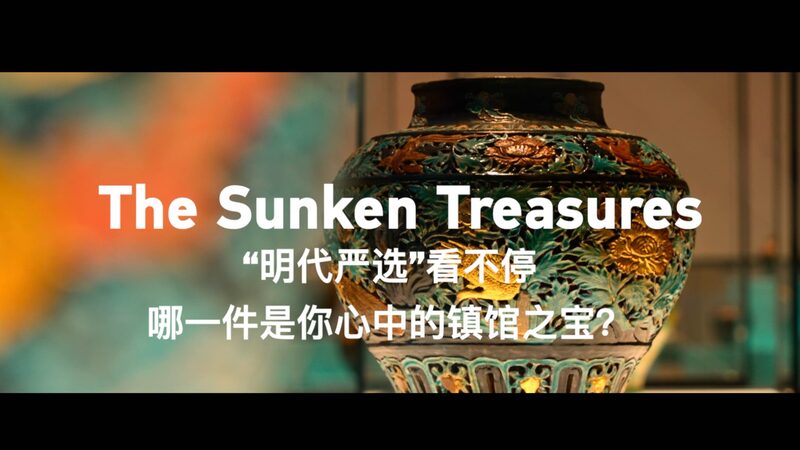Leaders from China, ASEAN, and Gulf Cooperation Council (GCC) member states convened in Kuala Lumpur on May 27 for their inaugural trilateral summit, signaling strengthened cooperation across Asia and the Middle East. The meeting, rooted in shared historical ties to the Maritime Silk Road, drew symbolic inspiration from the discovery of the 1,200-year-old Batu Hitam shipwreck—a Tang Dynasty vessel laden with Arabian treasures that underscores centuries of cultural and economic exchange.
Analysts suggest the summit aligns with China's Belt and Road Initiative, creating fresh opportunities for infrastructure development and energy partnerships. ASEAN Secretary-General Kao Kim Hourn emphasized the 'natural synergy' between Southeast Asia's manufacturing hubs and GCC energy resources, while Chinese delegates highlighted potential joint ventures in green technology.
The Batu Hitam's cargo—60,000 ceramic pieces and Middle Eastern artifacts—serves as a tangible reminder of enduring trade networks. Modern counterparts include plans for digital trade corridors and joint ventures in renewable energy, with Malaysia's Prime Minister Anwar Ibrahim calling it 'a bridge between our past and future prosperity.'
Reference(s):
Ancient shipwreck opens a new chapter in China-ASEAN-GCC relations
cgtn.com
